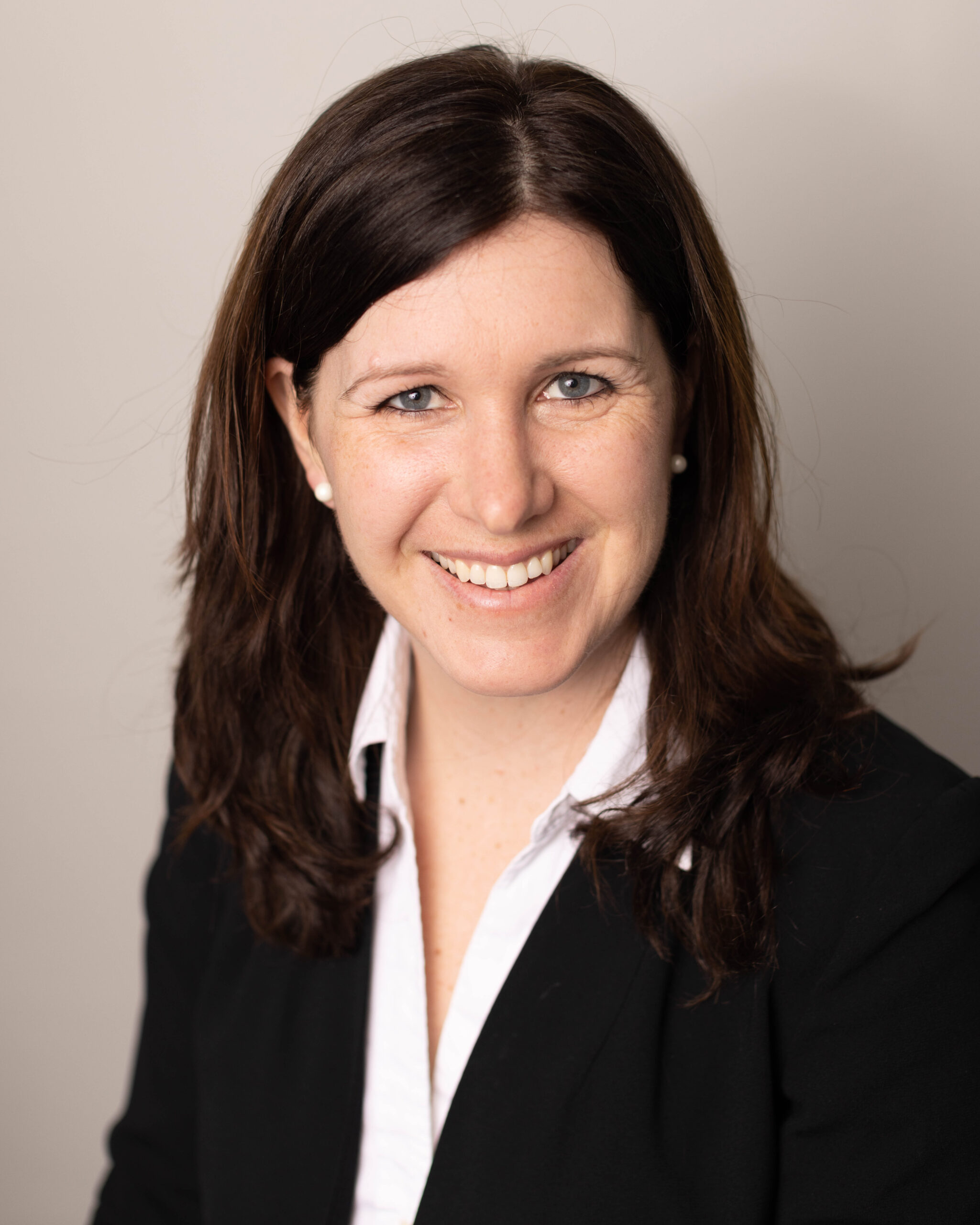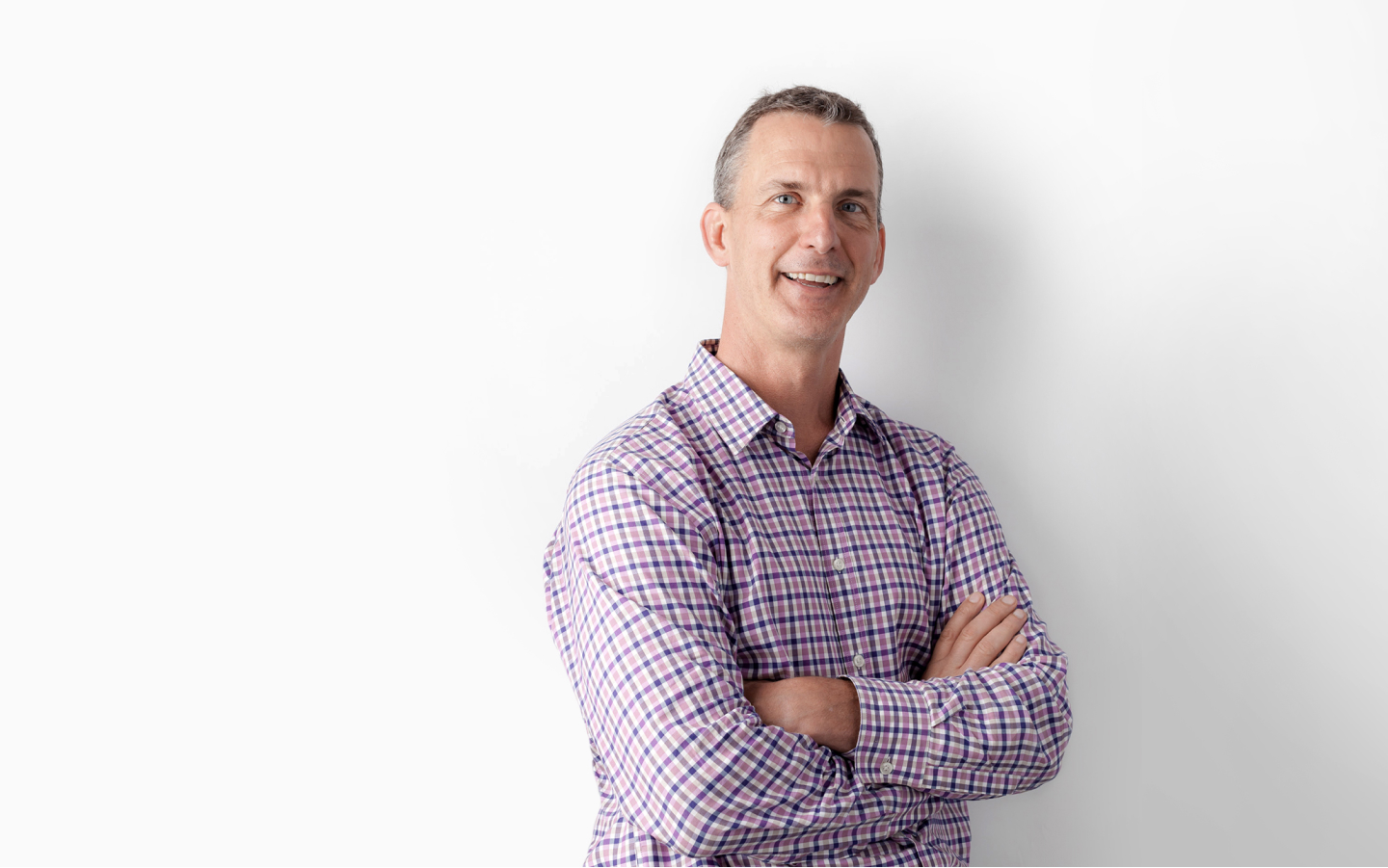Operating in uncertain times can be scary, but incredibly rewarding. The trick is knowing how to prepare. Speaking with SAAS NORTH, Charlie Renzoni, an Associate at OMERS Ventures, shared his insights on how startups can navigate the rest of 2022.
Key takeaways:
- IPOs are at a standstill which directly impacts M&A as well as private market deal activity as investors get squeamish.
- LP commitments to VC funds are at an all-time high, as is software adoption, signaling opportunities for SaaS companies.
- To weather any storm, you need a plan for your cash, your talent, your growth, and lean on your advisors for help in navigating the market.
MARKET REALITIES
Looking at the media, you’d be forgiven for getting flashbacks to the 2001 tech bubble or the 2008 financial crisis. There are similarities—as they say, history rhymes—but Charlie sees two key differences that could help SaaS founders.
TRENDS SEEDING OPTIMISM
LP fundraising is at all-time highs: Investors might be hesitant to issue term sheets right now, but they are sitting on mountains of liquid capital. According to Refinitiv, Q1 2022 was the largest VC fundraising haul in Canada since Q1 2001. In the US, Q1 2022 was the highest VC fundraising quarter ever.
At some point, these VCs will have to deploy capital to meet their capital deployment timelines, meaning pessimism can’t last forever.

Software adoption: Already at a high velocity after the COVID pandemic and rapidly accelerated by companies seeking operating efficiency, Charlie said software adoption is still incredibly high as traditional industries look to digitize much of their operations. This means that recession or not, more marginal dollars will flow into software.
“We’re still at a point of unparalleled software adoption,” said Charlie.
CONCERNS TO HEED
IPO markets remain closed: Charlie said rapidly growing uncertainty in financial markets, countries grappling with inflation, and global conflicts have IPOs at a standstill.
Large corporations are becoming cash-conscious: Depressed public market sentiment means that acquisitions are slowing down too, as public companies are becoming more cash and equity conscious. This is also resulting in several large-scale layoffs, such as Coinbase (18%), Better (50%), or Peloton (20%) according to Crunchbase. A similar reality exists in the private sector where companies are shifting the focus to cash preservation strategies to weather the current market uncertainty, a shift that strongly rewards capital efficient business models.
VCs are squeamish: Anyone looking at the fundraising landscape would be forgiven for having 2001 flashbacks. Many investors are getting squeamish and holding onto cash afraid to catch a falling knife. Many funds, especially new entrants, are waiting to see where the markets land on valuations and are hesitant to price rounds in this environment. Several larger funds with liquidity are preferring to re-open the previous round of financing of existing investments or to return to missed opportunities from 2021.
NAVIGATING CHOPPY WATERS
So, the waters are rough but there are signs things can get better. What’s a startup to do? While every company is unique—and there’s no magic bullet—here’s what Charlie thinks will prepare startups to survive the worst of what might come.
Cash plan for 24-36 months: If startups can build a business plan with 24-36 months of runway, that will give them flexibility to weather the current market environment while taking advantage of the growth opportunities in their sectors.
Refine their talent retention and acquisition plan: Stronger talent retention is not only a good market signal, but it also lets you focus on the work ahead rather than constantly finding new people. Charlie’s advice is to invest in building a healthy sustainable culture, particularly with opportunities for team members to meet in person (especially in all-remote or remote-first teams). The market slowdown also allows founders to be more patient in finding the right people for their businesses.
If fundraising, pay attention to deal terms: Charlie said he’s seen some VCs push for deal terms that overly favour investors. His advice is to keep a keen eye on deal terms—with appropriate professional help—and always strive toward aligning everyone’s incentives.
Growth plans should focus on capital efficiency: Strong capital efficiency and robust growth margins are a safety blanket in the current market. This means not only starting smaller to prove success through experimentation but also changing tactics to focus on the company’s core customer segments. One example in the OMERS Ventures portfolio is a startup that expanded from paid ads toward a B2B2C partnership model. Another is scaling direct industry influencer partnerships which yield more economic customer acquisition costs than impression-based advertising.
Lean on advisors and strengthen your board: In bad times there will be chaos. Charlie’s advice is to lean on your investors, independent board members, and advisors. Ask them to gut check what’s going on and give their perspective on how market events may impact you. Sometimes it’s best to ignore certain media stories. Other times you need to pay attention and act, but let your advisors help guide you so you aren’t wasting time.
SHORT TERM NEGATIVE ENERGY CAN GIVE WAY TO LONG TERM OPTIMISM
Things might appear rough right now—and they are. But the adage of how strong companies are forged in rough times is very true. There is a lot of opportunity to make a genuine impact, particularly at a time of record software adoption. It just requires a little creativity, patience, and a commitment to find the right team.
“In Canada especially, there’s still never been a better time to be a founder,” said Charlie. “Though you may not be able to raise as much capital as 2021, there’s exceptional talent in the ecosystem.”








